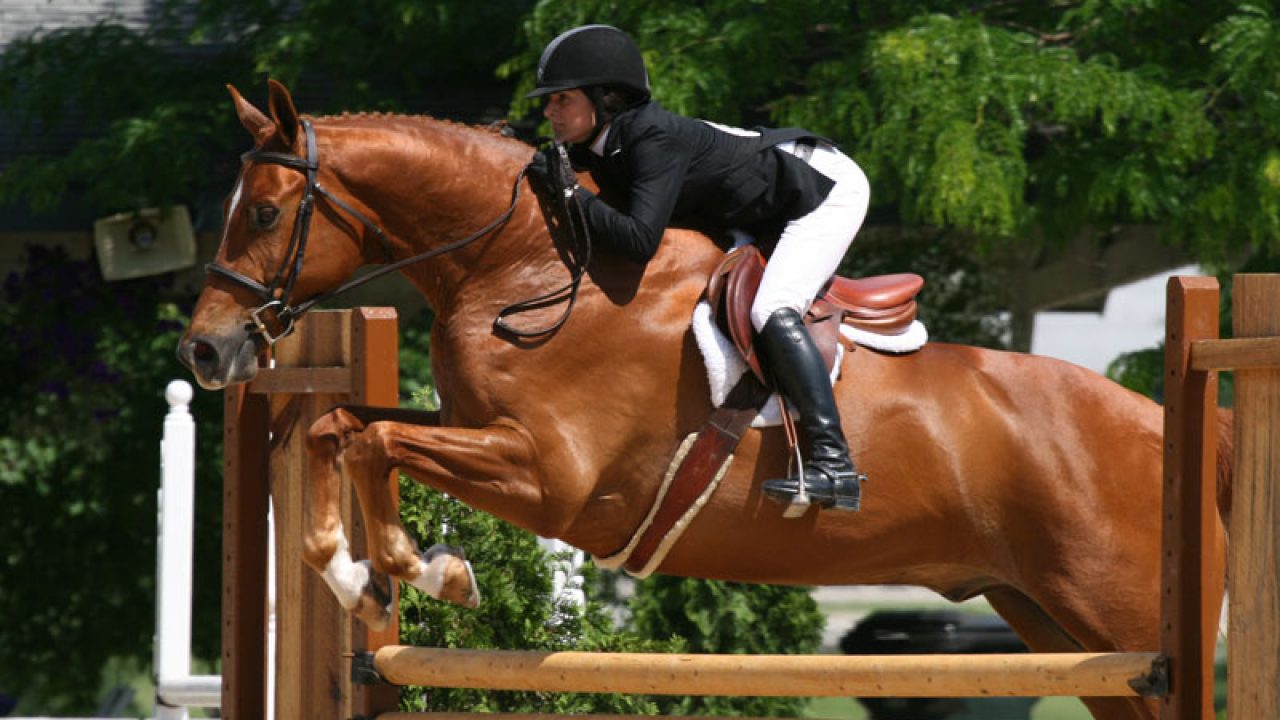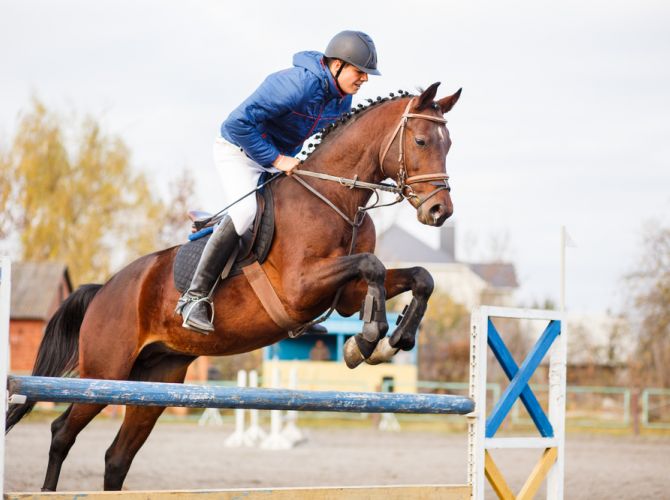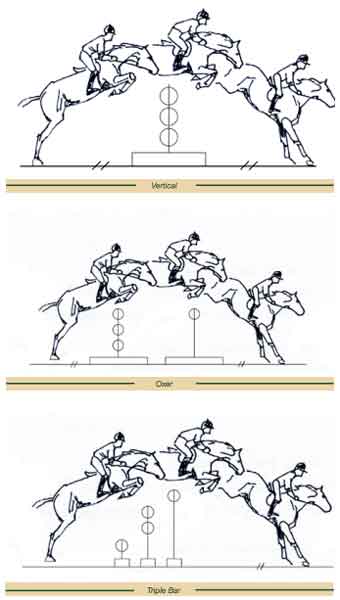Have you ever wondered how to improve your horseback riding techniques for jumping? If you’re interested in this exciting equestrian discipline, then you’ve come to the right place! In this article, we’ll discuss some useful tips and techniques that can help you become a better jumper on horseback. So, buckle up your riding boots and get ready to learn more!
When it comes to jumping on horseback, there are several important techniques and skills to master. First and foremost, it’s crucial to have a solid foundation in basic riding skills, such as balance, posture, and control. These fundamentals will provide you with a strong base from which to build your jumping skills. Additionally, understanding how to properly approach a jump, maintain a steady rhythm, and use your aids effectively can greatly improve your jumping abilities.
In the upcoming article on my website “http://horsebackridingdude.com”, you’ll find a more detailed exploration of different horseback riding techniques for jumping. We’ll delve into topics such as position and release, striding, pace, and more. So, if you’re ready to take your jumping skills to new heights, be sure to check out the full article for all the valuable information you need. Happy jumping!
Horseback Riding Techniques for Jumping
Jumping is an exhilarating discipline in horseback riding that requires skill, precision, and balance. Whether you are a beginner or an experienced rider, developing proper techniques for jumping is essential for a successful and safe ride. In this article, we will explore various horseback riding techniques for jumping, from basic position and balance to troubleshooting common problems. By following these techniques, you can become a skilled and confident jumper while enjoying the thrill of horseback jumping.

Basic Position and Balance
To execute a successful jump, maintaining correct posture in the saddle is crucial. Sit tall with your shoulders back, keeping a straight line from your head to your heels. Your weight should be evenly distributed on both seat bones, and your legs should be relaxed and bent at the knee.
A strong core is vital for maintaining balance while jumping. Engage your abdominal muscles to stabilize your position and prevent leaning forward or backward. This will help you stay centered and in control during the jump.
Balancing your weight in the stirrups is another important aspect of achieving a proper position for jumping. Distribute your weight evenly on both stirrups, avoiding putting too much weight on your toes or heels. This will provide stability and allow you to effectively communicate with your horse.
Preparation and Warm-Up
Before attempting any jumps, it is essential to prepare yourself and your horse through proper warm-up exercises. Stretching is crucial for riders to loosen up muscles and improve flexibility. Incorporate stretching exercises that target key areas used in jumping, such as the legs, hips, and lower back.
Warming up the horse is equally important. Begin with light exercise, such as walking and trotting, to get the horse’s muscles warmed up and supple. Gradually increase the intensity and duration of the warm-up to ensure the horse is physically ready for jumping.
Additionally, always make it a habit to check your equipment before jumping. Ensure that your saddle is properly fitted and secure, and that your bridle and reins are in good condition. Regularly inspect your horse’s tack, paying attention to any signs of wear or damage that may compromise safety.

Approaching the Jump
Approaching the jump correctly sets the foundation for a successful jump. Finding the correct distance is crucial for a smooth and safe jump. This can be achieved through practice and experience. Develop an eye for judging distances by regularly practicing over poles and small jumps until you can consistently find the correct takeoff spot.
Adjusting the speed and rhythm are necessary to approach the jump at the appropriate pace. Maintain a steady canter or gallop, depending on the height and difficulty of the jump. Establish a rhythm that allows you to have control and adjust the stride length accordingly.
Positioning for Takeoff
As you approach the jump, it is important to position your body correctly for takeoff. Relax your hips and lower back, allowing them to move freely with the horse’s motion. This flexibility enables you to absorb the impact of the jump and maintain a correct position throughout the jump.
Closing your leg and maintaining proper contact with the horse’s sides is essential for effective communication. Keep your leg steady and close to the horse’s sides, providing support and encouragement throughout the jump.
While approaching the jump, always look ahead to the next obstacle. This helps you plan your path and ensure a smooth approach and landing. Focus on your line and maintain steady eye contact with where you want to go after the jump.

During the Jump
During the actual jump, it is important to keep your body slightly forward. This allows the horse to use its head and neck freely, enabling an efficient and fluid jump. Avoid leaning too far forward or backward, as this may disrupt the horse’s balance.
Allow your hands to follow the horse’s motion. Give the horse freedom to stretch its neck over the jump while maintaining a light and supportive contact. This helps the horse maintain balance and enables a smooth takeoff and landing.
Landing and Follow-Through
Landing properly after a jump is essential for maintaining balance and preparing for the next movement. Upon landing, absorb the impact in your knees and ankles, allowing them to flex and absorb the shock. This helps prevent jolts or discomfort for both you and your horse.
Maintain balance after the jump by keeping your weight centered and your body aligned. Avoid leaning too far forward or backward, as this may disrupt your balance and impede your ability to effectively communicate with your horse.
Prepare for the next movement by quickly regaining control and establishing a steady rhythm. Stay relaxed and focused, allowing your horse to continue with the desired pace and direction.

Gridwork and Gymnastics
Gridwork and gymnastics exercises are valuable tools for improving horse and rider coordination and building confidence over complex jumping exercises. Grids consist of a series of evenly spaced poles or jumps that encourage the horse to think and coordinate its movements. By practicing gridwork regularly, both horse and rider can develop a sense of timing and improve their jumping technique.
Gymnastics exercises involve a combination of jumps, such as bounces, combinations, and related distances. These exercises challenge the horse’s agility and the rider’s ability to adjust their position and aids for each jump. Regular practice with gymnastics exercises can enhance the horse’s ability to maneuver through complex courses and improve the rider’s ability to navigate challenging jump sequences.
Course Riding Strategies
Proper planning and execution of course riding strategies are essential for successful show jumping rounds. Before entering the course, carefully analyze the track and plan the most efficient path. Consider the best lines, angles, and approaches for each jump to save time and minimize the number of strides.
Executing smooth and accurate turns is crucial for maintaining a consistent pace throughout the course. Practicing tight, balanced turns enables you to maintain impulsion and correct positioning for each subsequent jump. Focus on maintaining a steady rhythm and balance through the turns to ensure a fluid and efficient ride.
Maintaining a consistent pace throughout the course is essential for optimum performance. Find a pace that allows your horse to cover the ground efficiently without losing impulsion or control. Avoid rushing or slowing down unnecessarily, as this can affect your horse’s confidence and ability to clear the jumps.

Improving Jumping Technique
Improving both the horse’s and rider’s jumping technique requires targeted exercises that address specific areas of weakness. For the horse, exercises that focus on strengthening the hind end are valuable. This improves the horse’s ability to push off the ground and achieve a higher and cleaner jump. Incorporate exercises such as hill work, pole work, and gymnastics to develop strength and power in the horse’s hindquarters.
Developing scope and bascule in the horse’s jump is also important. To achieve this, include exercises that encourage the horse to round and stretch over the jump. Practice over different heights and widths to challenge the horse’s ability to adjust its technique accordingly.
To improve the rider’s ability to fold over the fence, focus on exercises that enhance flexibility and strength in the rider’s position. Incorporate exercises such as two-point position work, squat jumps, and core exercises to develop the necessary strength and stability.
Troubleshooting Common Problems
Jumping can present various challenges, and it is important to address and overcome common problems that may arise. Refusals or run-outs can occur when a horse refuses to jump or veers away from the jump at the last moment. Ensure that your horse is properly schooled and confident in its jumping ability through systematic training. Work with a qualified instructor to address any underlying issues and develop strategies to overcome refusals or run-outs.
Rushing or jumping too early is a common problem that can affect both horse and rider confidence. Establish a steady and consistent rhythm that encourages the horse to wait for the correct takeoff spot. Practice accurate distances and maintain a balanced approach to prevent rushing or jumping too early.
Lack of confidence in either the horse or rider can also hinder performance. Build trust and confidence through systematic training, positive reinforcement, and exposure to a variety of jumps and courses. Gradually increase the difficulty level and maintain a supportive training environment to boost confidence in both horse and rider.
Training Exercises for Horse and Rider
Training exercises play a vital role in improving jumping form and enhancing the partnership between horse and rider. Cavaletti work is an excellent exercise for improving jumping form and coordination. Set up a series of small jumps or poles at varying heights and distances to challenge the horse’s technique and timing.
Simulated cross-country exercises are beneficial for developing boldness and stamina in the horse and rider. Incorporate natural obstacles such as ditches, banks, and water elements to simulate the challenges encountered in cross-country courses. Regular practice over these exercises will enhance confidence and performance in both horse and rider.
Building trust between horse and rider through groundwork is essential for a successful jumping partnership. Engage in activities such as lunging, longlining, and ground-driven exercises to establish clear communication and reinforce obedience and respect. These exercises create a solid foundation for effective riding and jumping.
Competitive Jumping Strategies
If you aspire to compete in show jumping, it is essential to understand various jumping strategies to excel in competition settings. Preparing for show jumping competitions involves thorough planning and practice. Familiarize yourself with the specific rules and regulations of the competition, including jump heights, course design, and time allowed.
Different types of jumps that can be encountered in competition include verticals, oxers, combinations, and related distances. Prepare your horse by exposing them to a variety of jumps during training, ensuring they are confident and comfortable with each type.
Navigating challenging jump-off rounds requires quick decision-making and efficient riding. Develop strategies to analyze jump-off courses and plan the most suitable lines and angles. Practice quick turns, tight approaches, and smooth transitions between jumps to maximize speed and efficiency in the jump-off phase.
Safety Considerations
When participating in jumping activities, safety should always be a top priority. Wearing appropriate safety equipment is essential to protect yourself from potential injuries. Ensure you have a well-fitted helmet that meets safety standards, as well as riding boots with a heel and a protective vest if desired.
Before jumping, carefully check the jumping area for any potential hazards. Remove any debris, loose footing, or obstacles that may pose a danger to you or your horse. Regularly inspect jumps, poles, and fences for signs of wear or damage and repair or replace them as necessary.
Properly conditioning both horse and rider is crucial for safe and successful jumping. Gradually increase the difficulty and intensity of your jumping exercises to build strength, stamina, and coordination. Incorporate regular breaks and rest days to prevent overexertion and reduce the risk of fatigue-related accidents.
Conclusion
Becoming a skilled and confident jumper requires continuous practice and dedication to improving your horseback riding techniques. By focusing on basic position and balance, preparing and warming up properly, and practicing specific jumping exercises, you can enhance your jumping performance and build a strong connection with your horse.
Remember to troubleshoot common problems by addressing refusals, rushing, and lack of confidence. Train diligently through a variety of exercises that target specific areas of weakness for both horse and rider. Develop competitive strategies for show jumping, and always prioritize safety considerations to ensure a safe and enjoyable jumping experience.
With continuous practice, proper technique, and a commitment to improvement, you can master horseback riding techniques for jumping and truly enjoy the exhilaration of this thrilling discipline.
For more information and tips on horseback riding techniques, you can visit our website at http://horsebackridingdude.com. Happy riding!